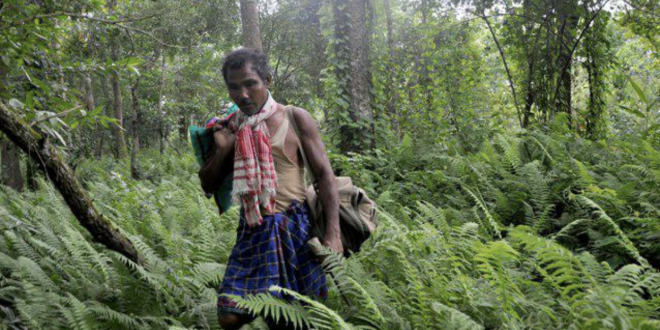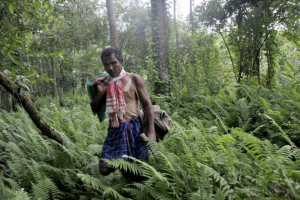Submitted by: Stephanie Zhang
16-year-old Jadav ‘Molai’ Payeng, upon stumbling across a sandbar abound with snakes washed up from the floods in 1979, “sat down and wept over their lifeless forms.” Without any tree cover in this area of Indian’s Assam region, the snakes died from overheating and dehydration.
Yet to his dismay, the forest department dismissed his request for them to grow trees there—nothing would grow, they said. The only potential plan of action they proposed was for him to grow bamboo.
“It was painful, but I did it. There was no one to help me. Nobody was interested.”
Payeng did it, indeed. Seed by seed, the sandbar became a sprawling bamboo thicket; from there, he introduced and cultivated a variety of tree species, and took red ants from his village to the sandbar to alter the soil’s properties.
Decades have passed since that first fateful bamboo seed—now, that sandbar has become a flourishing 1360-acre forest, populated with tigers, rhino, deer, birds, and more. That sandbar is now the Molai woods.
Payeng lives with his wife and three children, and supports his family by selling cow and buffalo milk. With assurance from the Indian government that his Molai woods will be protected from poaching and any threats, the environmental seeks to continue his forest on to another sandbar within Brahmaputra.
 Tempus Magazine By Students, For Students
Tempus Magazine By Students, For Students 




